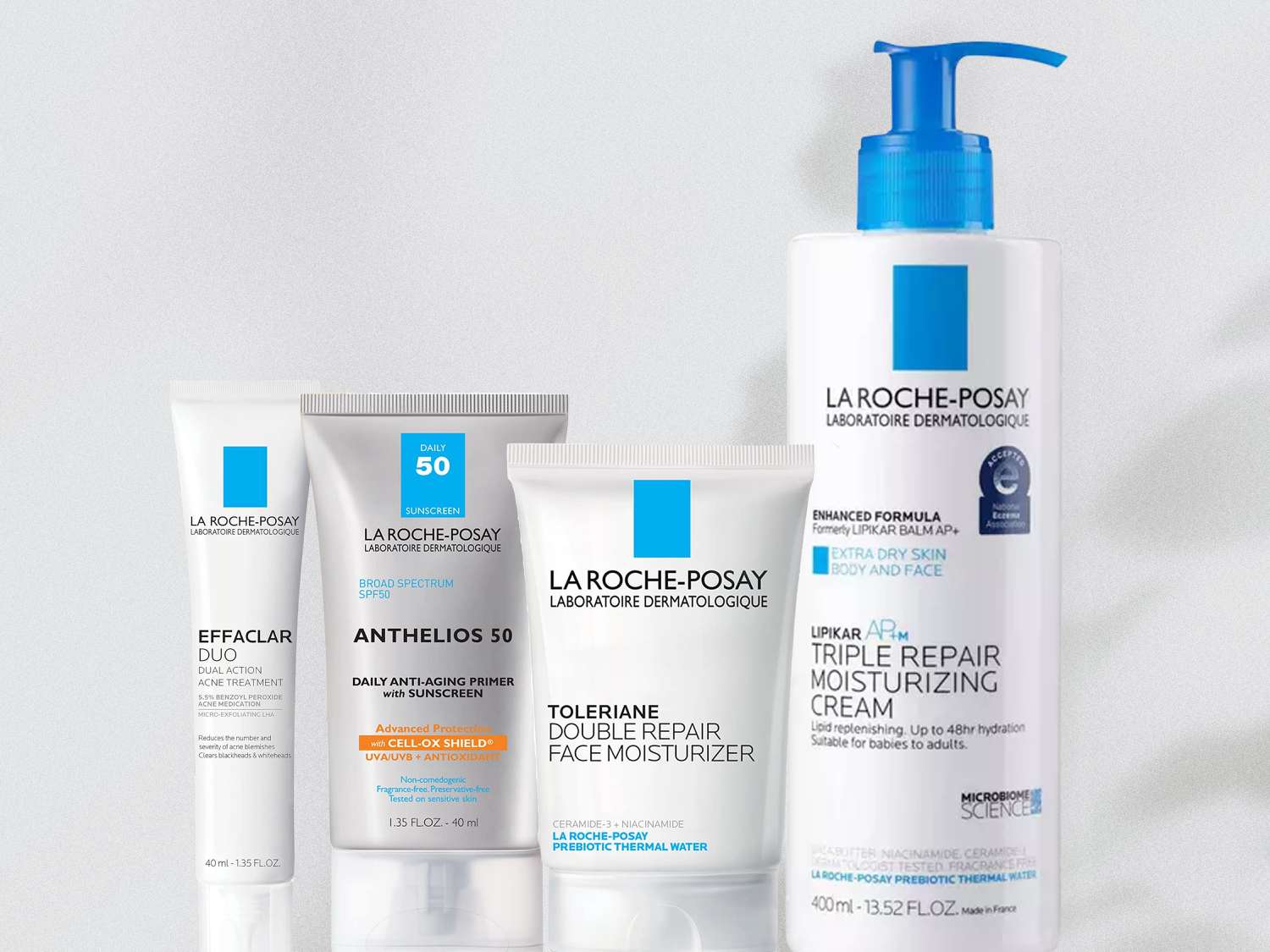Understanding Emergency Dental Situations
Common Dental Emergencies
Dental emergencies can happen at any time and often require immediate attention. Common dental emergencies include severe toothaches, knocked-out teeth, broken or chipped teeth, and lost fillings or crowns. Recognizing these situations early can help prevent further complications.
When to Seek Immediate Care
Knowing when to seek immediate care is crucial. If you experience intense pain, excessive bleeding, or a knocked-out tooth, it’s essential to visit an emergency dentist like John K. Drisdale DMD as soon as possible. Delaying treatment can lead to more severe issues and prolonged recovery times.
Preventive Measures
Preventive measures can significantly reduce the risk of dental emergencies. Some effective strategies include:
- Regular dental check-ups
- Wearing mouthguards during sports
- Avoiding hard foods that can crack teeth
- Maintaining good oral hygiene
Taking preventive steps not only helps in avoiding emergencies but also ensures overall dental health.
Finding a Reliable Emergency Dentist in Midland, TX
Qualities of a Good Emergency Dentist
When searching for an emergency dentist Midland TX, it’s crucial to consider several qualities. A good emergency dentist should have extensive experience, a calm demeanor, and the ability to handle high-pressure situations. Additionally, they should offer flexible hours and be available for same-day appointments.
How to Verify Credentials
To ensure you’re choosing a qualified dentist in Midland TX, verify their credentials. Check for:
- Proper licensing and certifications
- Membership in professional organizations
- Positive patient reviews and testimonials
Local Recommendations
Word-of-mouth recommendations can be invaluable. Ask friends, family, or coworkers if they can recommend a reliable emergency dentist. John K. Drisdale DMD is a well-regarded option in the Midland area.
Finding a reliable emergency dentist can make a significant difference in the outcome of your dental emergency. Take the time to research and choose wisely.
What to Expect During Your Emergency Dental Visit
Initial Assessment and Diagnosis
Upon arrival at the emergency dental clinic, you will first undergo an initial assessment. The dental team will gather your medical history and details about the dental issue. A thorough examination will be conducted to diagnose the problem accurately. This may include X-rays or other diagnostic tests to get a complete picture of your dental health.
Treatment Options
Once the diagnosis is complete, the dentist will discuss the available treatment options with you. These may range from simple procedures like fillings or extractions to more complex treatments such as root canals or emergency surgery. The goal is to alleviate pain and address the underlying issue effectively.
- Fillings
- Extractions
- Root Canals
- Emergency Surgery
Follow-Up Care
After the initial treatment, follow-up care is crucial for a full recovery. The dentist will provide you with detailed instructions on how to care for your teeth and gums post-treatment. This may include guidelines on medication, dietary restrictions, and oral hygiene practices.
It’s essential to adhere to the follow-up care instructions to ensure a smooth and speedy recovery. Neglecting these guidelines can lead to complications and prolong the healing process.
Costs and Insurance for Emergency Dental Care
Average Costs of Emergency Procedures
Emergency dental procedures can vary widely in cost depending on the severity of the issue and the type of treatment required. On average, you can expect to pay anywhere from $100 to $1,500 for emergency dental care. Common procedures like tooth extractions, root canals, and fillings each have their own price ranges. It’s important to consult with your dentist, such as John K. Drisdale DMD, to get an accurate estimate.
Insurance Coverage
Most dental insurance plans cover a portion of emergency dental care costs, but the extent of coverage can vary. Typically, insurance will cover emergency exams, X-rays, and some treatments. It’s crucial to check with your insurance provider to understand what is covered under your plan.
Always bring your insurance information to your emergency dental visit to ensure a smooth billing process.
Payment Plans and Financial Assistance
If you don’t have insurance or your coverage is limited, many dental offices offer payment plans and financial assistance. These plans can help spread the cost of treatment over several months, making it more manageable. Some options include:
- In-house financing
- Third-party financing companies
- Sliding scale fees based on income
Discuss these options with your dentist to find a solution that works for you.
Tips for Managing Dental Pain Until You See a Dentist
Over-the-Counter Pain Relief
For immediate relief from dental pain, over-the-counter pain medications like ibuprofen or acetaminophen can be effective. Always follow the recommended dosage instructions to avoid any adverse effects. These medications can help reduce inflammation and provide temporary relief until you can see a dentist.
Home Remedies
Several home remedies can also help manage dental pain. Some options include:
- Rinsing your mouth with warm salt water to reduce swelling and disinfect the area.
- Applying a cold compress to the outside of your cheek to numb the pain and reduce swelling.
- Using clove oil, which has natural analgesic properties, on a cotton ball and applying it to the affected area.
What to Avoid
While waiting to see a dentist, avoid the following to prevent worsening the pain or causing further damage:
- Hard or crunchy foods that can aggravate the affected area.
- Extremely hot or cold foods and beverages that can increase sensitivity.
- Using aspirin directly on the tooth or gums, as it can cause burns and further irritation.
It’s crucial to manage your pain effectively but remember that these are temporary solutions. Seeing a professional like John K. Drisdale DMD as soon as possible is essential for proper treatment.
Post-Treatment Care and Recovery
Dos and Don’ts After Treatment
After receiving emergency dental care, it’s crucial to follow specific guidelines to ensure a smooth recovery. Avoid eating hard or crunchy foods that could irritate the treated area. Stick to soft foods and liquids for the first 24-48 hours. Do not smoke or consume alcohol, as these can hinder the healing process. Maintain good oral hygiene but be gentle around the treated area.
Signs of Complications
Be vigilant for any signs of complications following your treatment. These may include excessive swelling, persistent pain, or unusual discharge from the treated area. If you experience any of these symptoms, contact your dentist immediately. Early detection of complications can prevent more severe issues.
When to Schedule a Follow-Up
It’s essential to schedule a follow-up appointment with your dentist to ensure proper healing. Typically, a follow-up visit should be arranged within one to two weeks after the initial treatment. This allows the dentist to monitor your recovery and address any concerns you may have. John K. Drisdale DMD recommends regular check-ups to maintain optimal dental health.
Proper post-treatment care is vital for a swift and complication-free recovery. Always adhere to your dentist’s instructions and don’t hesitate to reach out if you have any concerns.
Conclusion
In conclusion, expert emergency dental care in Midland, TX, is designed to provide immediate and effective relief for a variety of dental emergencies. From severe toothaches and broken teeth to infections and other urgent dental issues, the skilled professionals in Midland are equipped to handle it all. Understanding what to expect during an emergency visit can alleviate some of the stress and ensure that you receive the best possible care. Remember, prompt attention to dental emergencies not only relieves pain but also prevents further complications, ensuring your oral health remains in top condition.
















